Guidance on neophyte's native plant restoration garden
anselm13
17 years ago
Related Stories

NATIVE PLANTSGreat Design Plant: Wild Bergamot, Friend of Foragers
Nourish butterflies and other winged creatures with the tubular flowers of Monarda fistulosa, a pretty pink native
Full Story
INSPIRING GARDENSNative Plants Bring 10 Southern California Front-Yard Gardens to Life
Rare plants, rain gardens and wildlife habitats are just a few of the features showcased on the 2016 Theodore Payne Native Plant Garden Tour
Full Story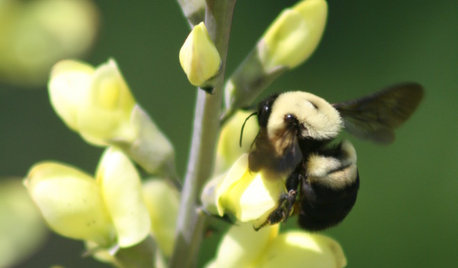
GARDENING GUIDESGreat Native Plant: Baptisia
Bring beneficial bee pollinators with this drought-tolerant perennial that looks like a shrub and acts like a flower
Full Story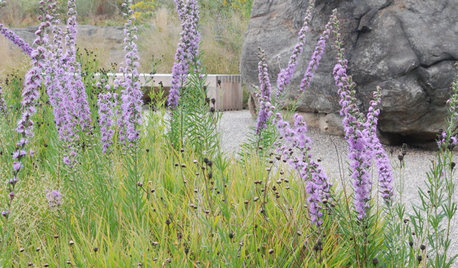
INSPIRING GARDENSNative Plants Inspire and Educate at NYC's Botanical Garden
Stroll through the new Native Plant Garden with us to get great ideas for plant choices and sustainability
Full Story
GARDENING GUIDESHow to Find the Right Native Plants for Your Yard
Find plant maps, sale sites and guides that make going native in the garden easier than ever
Full Story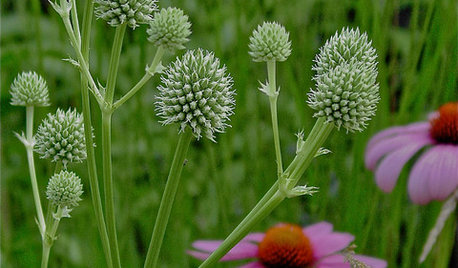
GARDENING GUIDESGreat Native Plant: Rattlesnake Master for Unique Interest
Serpents actually don’t give a hoot about this prairie wildflower, but insects do — and the foliage is a big draw too
Full Story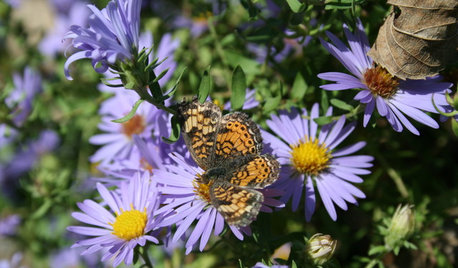
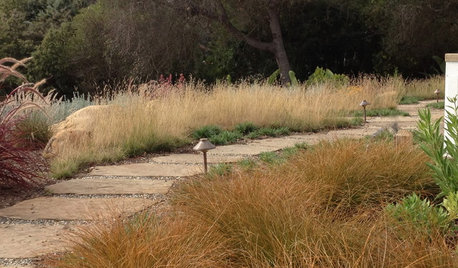
GARDENING GUIDESGreat Design Plant: Bouteloua Curtipendula
Hot, dry clay or rocky soils are sideoats grama’s pleasure ground
Full Story
GARDENING GUIDES8 Native Shrubs for Year-Round Bird Feeding
It’s not just about berries. These plants provide insects for birds and seasonal interest for gardeners
Full Story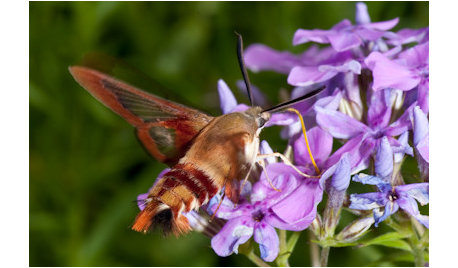
GARDENING GUIDESGreat Design Plant: Prairie Phlox Draws Winged Beauties
Beauty and a sweet fragrance are just the beginning with this spring bloomer. Watch the butterflies and moths descend on it for nectar
Full Story





vera_eastern_wa
joepyeweed
Related Professionals
Simpsonville Landscape Architects & Landscape Designers · Forest Park Landscape Architects & Landscape Designers · Parole Landscape Architects & Landscape Designers · Prairie Ridge Landscape Architects & Landscape Designers · Billerica Landscape Contractors · Corona Landscape Contractors · Kaysville Landscape Contractors · Vallejo Landscape Contractors · West Orange Landscape Contractors · Greenfield Landscape Contractors · Carmel Decks, Patios & Outdoor Enclosures · Fishers Decks, Patios & Outdoor Enclosures · Glendale Decks, Patios & Outdoor Enclosures · Parker Decks, Patios & Outdoor Enclosures · Verona Decks, Patios & Outdoor Enclosuresahughes798
anselm13Original Author
ahughes798
john_mo
ladyslppr
froggy
ahughes798
huzzah
edlincoln
jim_1 (Zone 5B)
driftless1
AJD1221